Perk Up with 6 Tasteful Malaysian Drinks
Lighten your mood and rejuvenate your senses with 6 must-try Malaysian drinks!
Discover the authentic in Asian cuisine food

Century Egg may look weird to the unfamiliar: black-brown with a dark greenish yolk. A traditional Chinese preserved egg delicacy savoured for hundreds of years and remains popular today, especially as a congee topping.
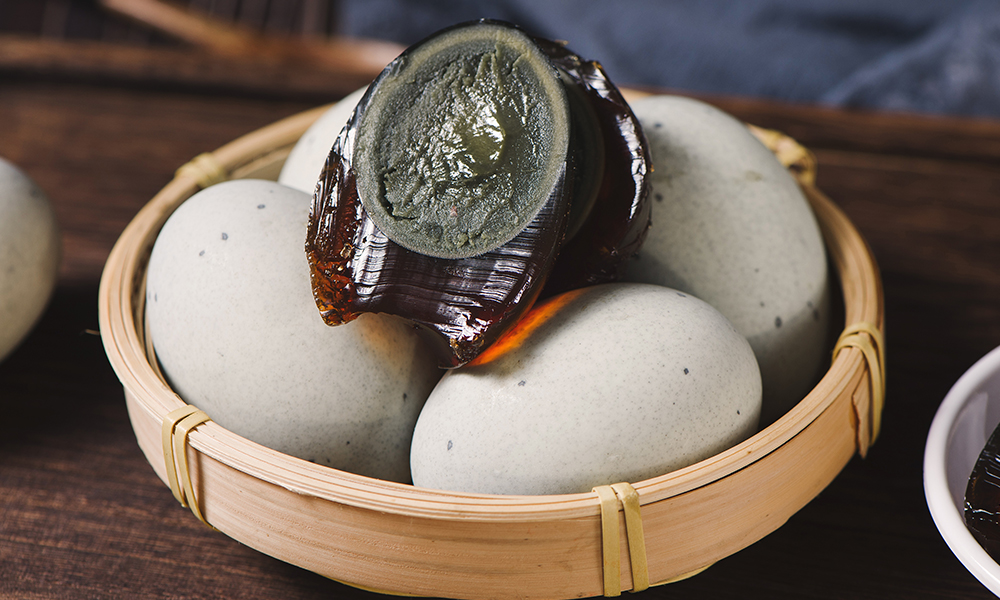
Century Egg is made by covering the raw egg with its shell in a mixture of salt, quicklime, wood ash and clay, thus preserving it for up to months. This activates a slow and complex physicochemical transformation that turns the egg white into a black gelatinous texture and the egg yolk into dark green.
This also gives Century Egg its traditional Chinese name Pi Tan, which translates to Leather Egg or Skin Egg, not because it tastes like leather, but rather that applying the preservation mixture is like giving the egg an extra skin. The more common English name of Century Egg refers to its slow making process.
While its exact origin is hard to pin down, historical records dating back to the Han Dynasty suggest that Century Egg was made out of the necessity to preserve eggs due to food scarcity. Over time, however, the alkaline clay mixture was gradually improved to enrich the Century Egg’s flavour, including the addition of black tea and rice hulls, thus giving the egg its unique flavour.
Today, Century Eggs are commonly sold at Asian wet markets and grocery stores worldwide. You can even find them right here in Australia, made and preserved at local egg farms.
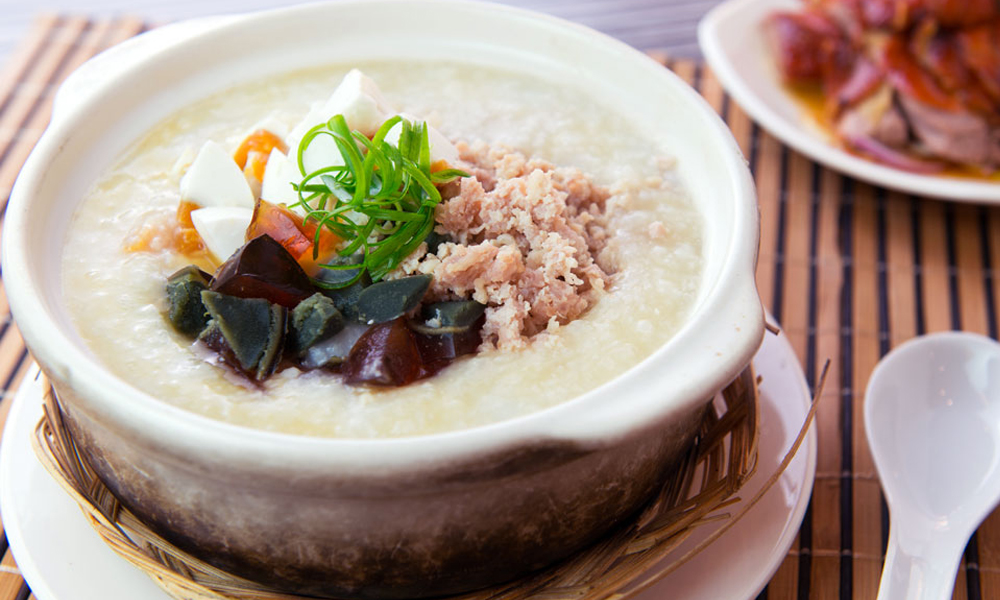
Century Egg is often described as tasting like ripe blue cheese. A rich, complex and savoury-sweet flavour with a light pungent scent. While some might say it’s an acquired taste, many Asian cultures actually enjoy it besides the Chinese. To eat it, simply clean off the Century Egg’s coating and peel off its shell.
Congee is the most common way to savour Century Egg in Chinese and Vietnamese cuisine. The Century Egg’s rich flavour and bouncy, creamy texture give the congee a comforting savoury taste. Accompanied with pork and salted egg for a satisfying meal.
Thai cuisine pairs Century egg with the Pad Kra Pao basil pork mince stir-fry or the Khua Kling Moo dried pork mince curry. Combining rich spicy flavours and aromas with the Century Egg’s complex, savoury and cheesy taste. Best enjoyed with rice!
Japanese and Taiwanese cuisines have the Century Egg with silken tofu. Steam-cooked and flavoured with soy sauce and sesame oil or fried shallots. Topped with savoury roes or pork mince, and garnished with spring onions.
In short, Century Egg is great to flavour neutral tasting foods like rice and tofu, and best paired with spicy, savoury flavours.
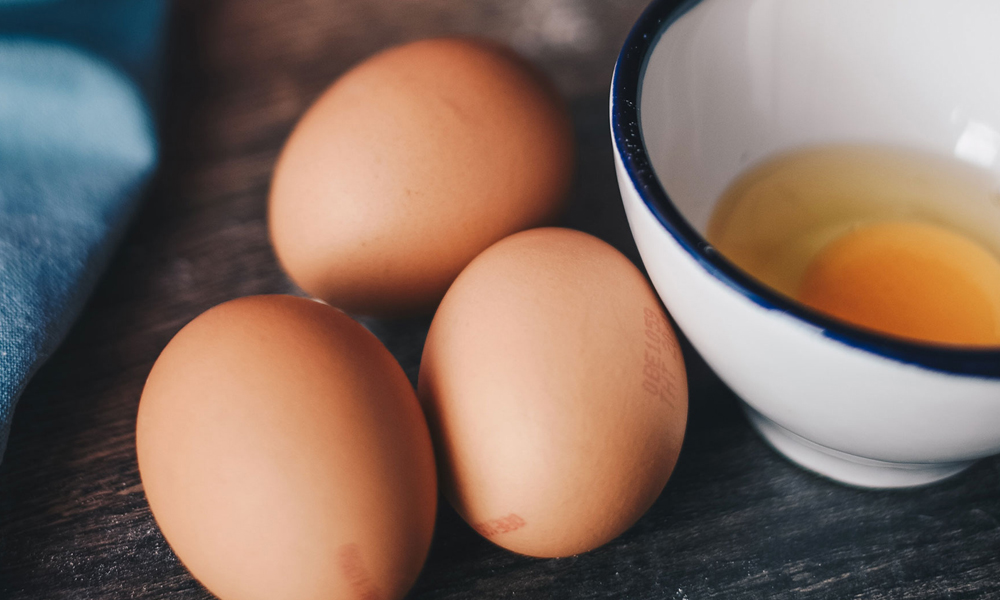
Century Egg is but one of many ways to savour eggs in Asian cuisines. Often in simple, delicious wonders that you can make at home. Come enjoy our 10 favourite Asian egg delights you’re sure to love. Also discover the fascinating Asian egg customs that celebrate life!

Lighten your mood and rejuvenate your senses with 6 must-try Malaysian drinks!
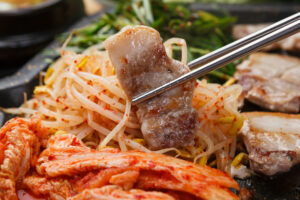
Pair your hearty barbecues with these refreshing Asian delights!
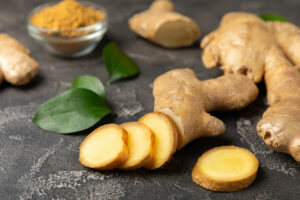
What are the properties of ginger, and how to pick, store and use ginger in your cooking? Find out here!